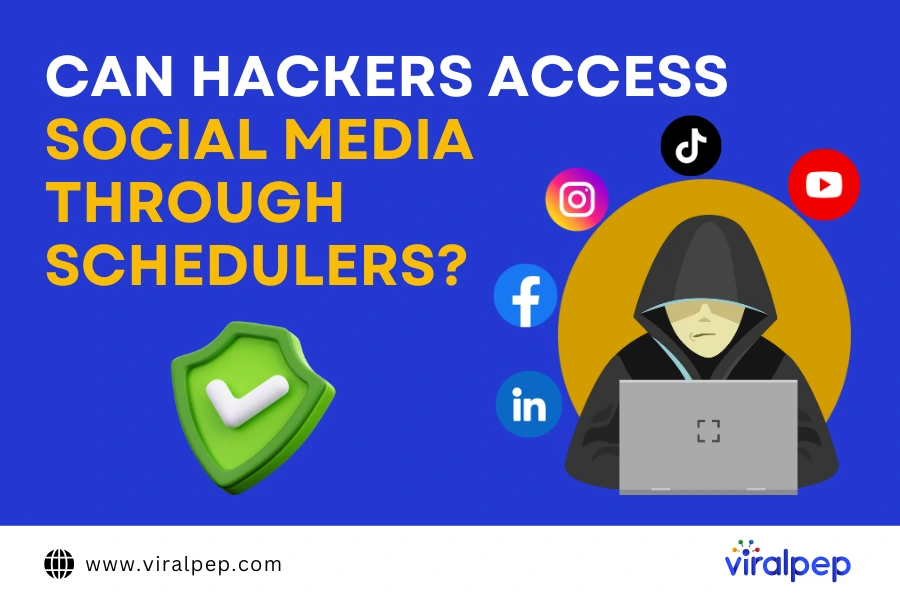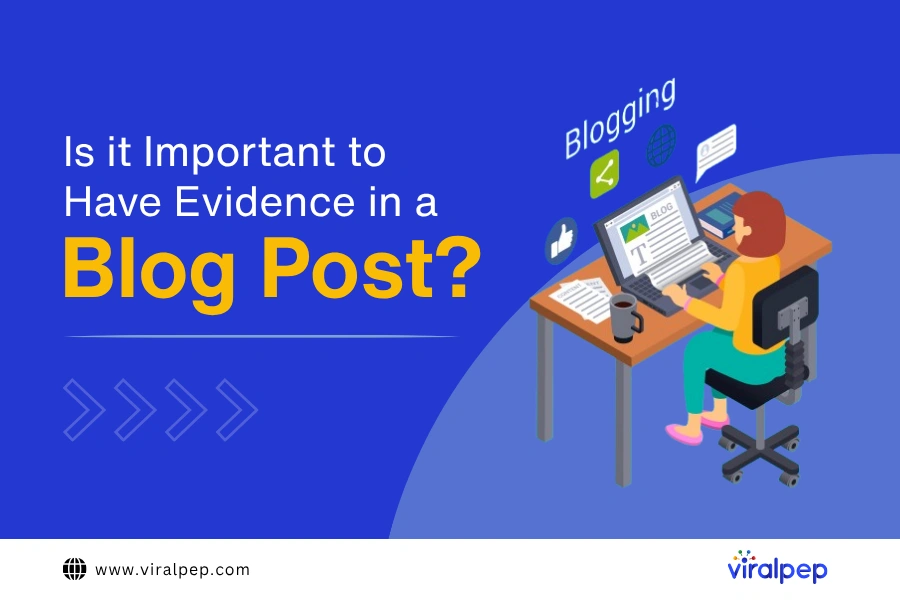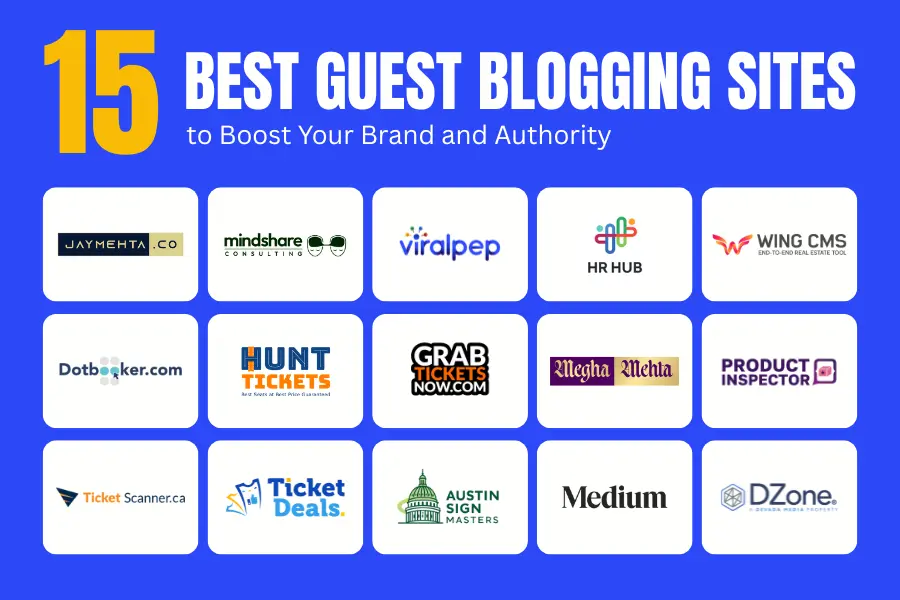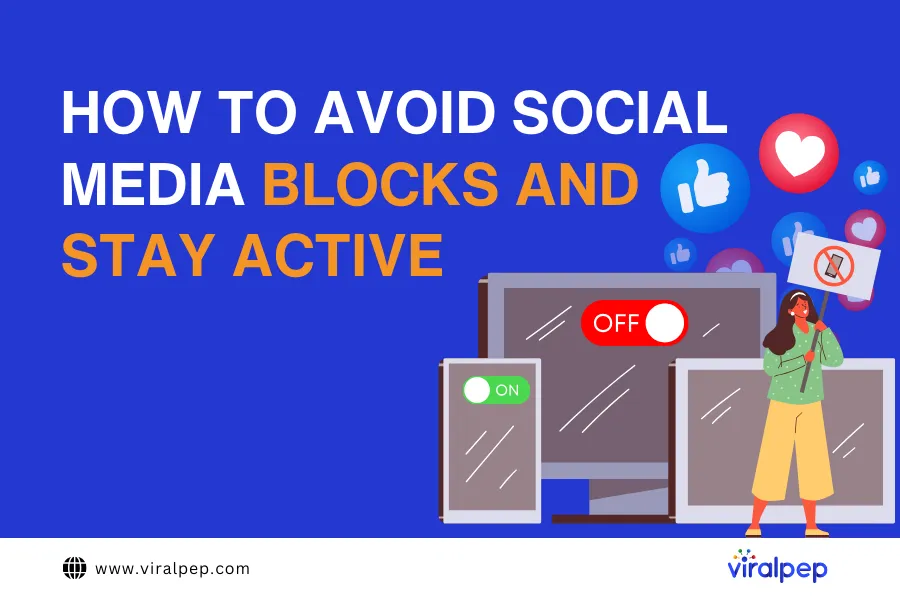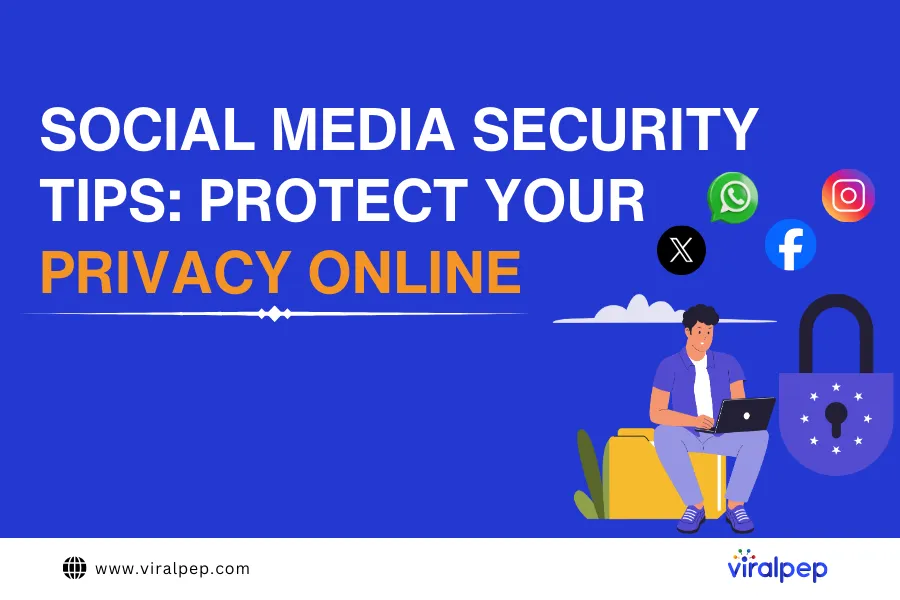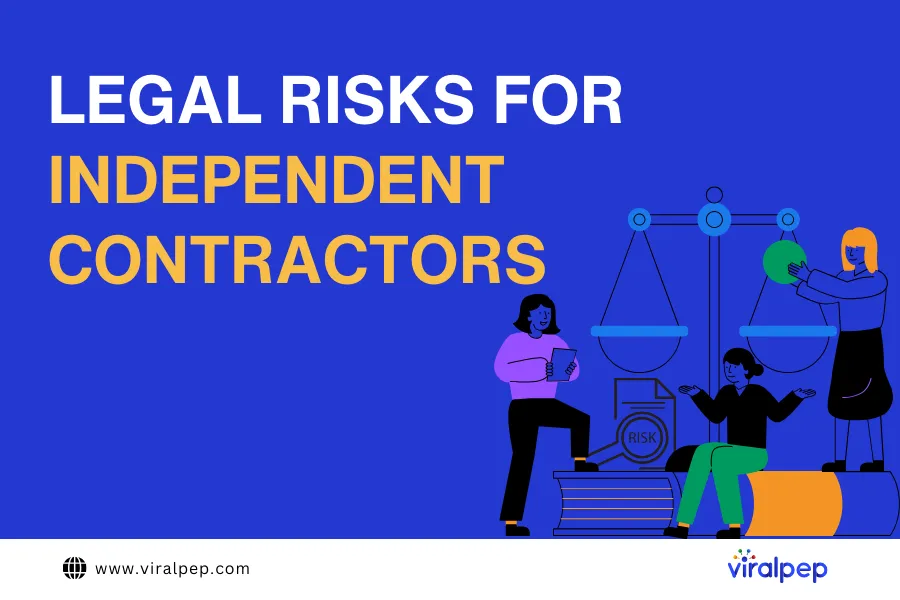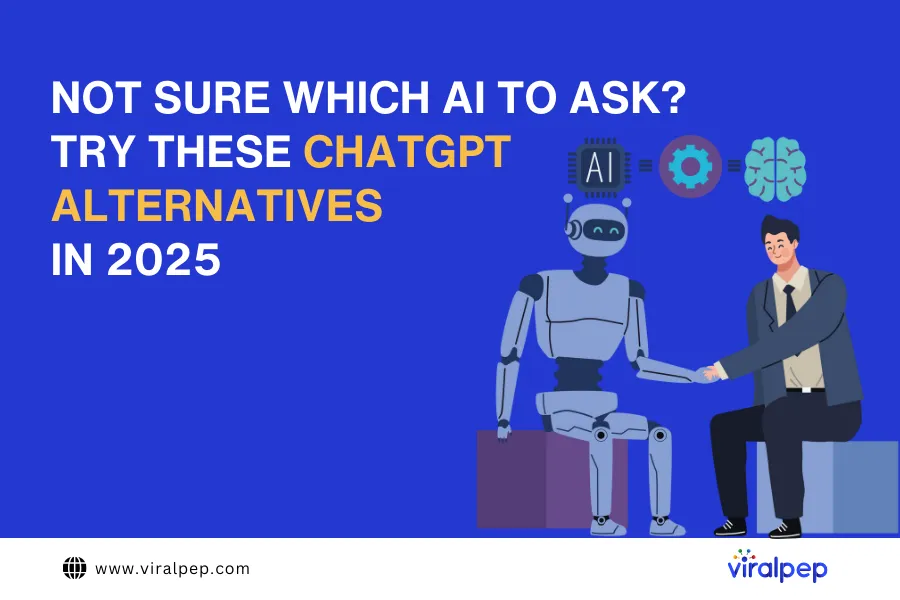Social media schedulers are a staple for brands, influencers, and marketing teams. Tools like Buffer, Hootsuite, Viralpep, Later, and Sprout Social help automate content across platforms like Instagram, Facebook, LinkedIn, and TikTok.
With just a few clicks, you can schedule weeks of posts and manage multiple accounts in one place.
But here’s the catch: when all your accounts are connected to one tool, that tool becomes a high-value target for hackers.
So, can hackers access your social media through schedulers? The short answer is yes – but only if your setup is vulnerable. Let’s break it down.
What Do Social Media Schedulers Actually Do?
Social media scheduling tools connect to your accounts using something called an API (Application Programming Interface).
This connection allows the tool to perform certain actions – like publishing posts, replying to comments, or accessing analytics – on your behalf.
You give these tools permission once, and they keep that access until you revoke it.
That means your scheduler becomes a kind of remote control for your social media – and that’s why it’s important to secure it like you would your phone, computer, or email.
How Hackers Exploit Social Media Schedulers
Let’s get specific about the methods cybercriminals use:
1. Stolen Access Tokens or Credentials
When you authorize a scheduler, you’re generating a token or a set of keys that lets it act on your behalf. If those credentials are leaked – through phishing, a breach, or malware – a hacker can hijack your scheduler and, by extension, your accounts.
2. Exploiting Platform Vulnerabilities
No software is immune to bugs. If there’s a flaw in the scheduler platform (like a broken authentication process or poor encryption), attackers can exploit it to gain unauthorized access.
In past cases, even massive companies like Twitter have seen such breaches linked to third-party app vulnerabilities. Viralpep uses extreme security measures to ensure your data is safe with us.
3. Hijacking Team Member Accounts
Many schedulers let multiple users share access. If even one of those accounts has a weak password, no two-factor authentication (2FA), or falls for a phishing scam, your entire brand’s social media presence could be at risk.
4. Malicious Browser Extensions
Some malware is designed to monitor browser activity and steal session tokens. If you or your team members log into a scheduler while infected, hackers could silently grab credentials without anyone noticing.
Why Hackers Target Scheduling Tools
Let’s say you’re a hacker. Would you rather try to hack into ten different Instagram accounts – or just break into one scheduler connected to all ten?
Schedulers are single points of access. That means:
- Hackers can control multiple platforms at once.
- They can post spam, scams, or fake news using your verified profile.
- They can delete content, steal messages, or leak sensitive information.
- They may impersonate your brand to phish your followers.
A successful attack can damage your reputation in minutes.
Real-World Examples: Even the Big Guys Get Hit
In January 2024, CNN’s TikTok account was briefly hijacked after a targeted attack exploiting third-party access. While the company didn’t confirm exactly how the breach occurred, experts pointed to scheduler connections as a likely weak link.
Another example: in early 2024, the U.S. Securities and Exchange Commission’s Twitter account was hacked and used to post fake announcements. This too was believed to involve access through a third-party application.
These cases show that even government agencies and global media outlets can fall victim if security isn’t airtight.
So, How Can You Protect Yourself?
Here’s the good news: with the right practices, you can still use schedulers safely. Use these best practices:
- Strong, unique passwords: Don’t use the same password across multiple platforms. Password managers help here.
- Enable two-factor authentication (2FA): Most schedulers support this, and it adds a huge barrier for hackers.
- Limit access: Only allow trusted team members to use scheduling tools. Review permissions monthly.
- Revoke unused app permissions: If a tool no longer needs access to your social media, remove it.
- Check activity logs: Look out for unusual logins, IPs, or scheduled posts you didn’t authorize.
- Train your team: One careless click on a phishing email can expose everything.
A Hidden Threat: Outdated or Abandoned Tools
Another overlooked danger is old scheduling platforms you no longer use. You might have connected them months ago and forgotten all about them – but those API tokens might still be active.
If hackers compromise those tools, they could still get into your accounts. That’s why regular audits of connected apps are essential.
What About VPNs?
Let’s be clear: VPNs aren’t a silver bullet. But when used correctly, they’re an important part of your security toolkit, especially for remote workers or teams on the go.
For example, logging into your scheduler from a coffee shop might expose your session to snoopers on public Wi-Fi. Using a VPN for MacBook Air in that situation adds encryption to your internet traffic, which makes it harder for attackers to intercept your data.
While a VPN won’t prevent password theft or phishing, it will reduce your risk of network-level attacks.
Checklist: Lock Down Your Scheduler Today
Here’s a simple checklist to strengthen your scheduler setup:
- Use a password manager to store unique logins.
- Turn on 2FA for both your scheduler and all your social media accounts.
- Review and limit team access regularly.
- Revoke app permissions you no longer need.
- Scan for unknown or suspicious browser extensions.
- Use a VPN, especially on public networks.
- Check scheduler logs for unusual activity.
- Keep your software and plugins up to date.
Final Thoughts
Social media schedulers are incredibly useful – but they also introduce risk. By linking all your accounts to a single platform, you create a convenient hub. Unfortunately, that convenience works both ways: if hackers break in, they gain control of everything.
That doesn’t mean you should avoid schedulers. It just means you need to be proactive about security.
Use strong passwords, 2FA, and regular audits. Be careful who you give access to. And don’t forget that third-party vulnerabilities – like the ones highlighted in Hootsuite’s recent coverage – are real and growing.
A few minutes of prevention could save you weeks of brand damage!


